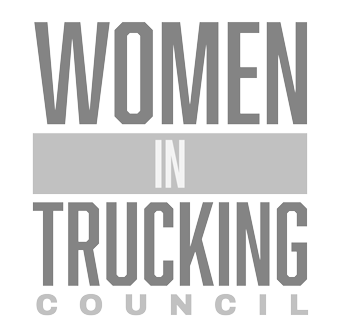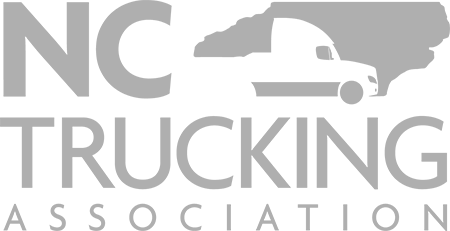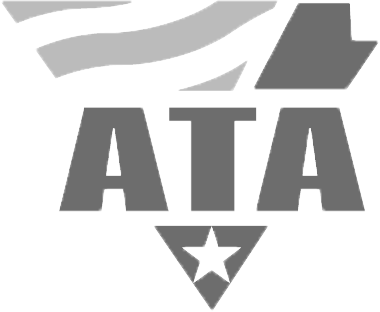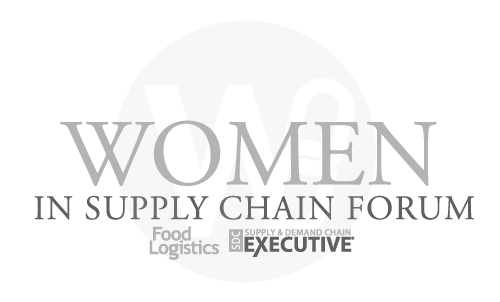In the intricate world of global trade, cross-border logistics presents a unique set of challenges and opportunities. For businesses engaged in commerce between the United States and Mexico, the need for robust strategies to mitigate risks is more critical than ever. This guide delves into the essential practices for De-risking Mexico Cross-Border Logistics, ensuring your supply chain remains resilient, efficient, and secure. Understanding and proactively addressing the complexities of this vital trade corridor is key to sustained success and competitive advantage in the North American market.
The Imperative of De-risking Cross-Border Operations
The burgeoning trade relationship between the U.S. and Mexico is a cornerstone of North American economic activity. With trends like nearshoring driving increased manufacturing and distribution across the border, the volume of freight moving through key gateways like Laredo continues to climb. While this dynamic offers immense benefits, it also brings inherent risks, from geopolitical shifts and evolving trade policies to infrastructure limitations and security concerns. Proactive de-risking is no longer just a best practice; it’s a fundamental requirement for maintaining operational continuity and protecting profitability. Companies that master this aspect of their supply chain gain a significant competitive edge.
Key Challenges in Mexico Cross-Border Logistics
Navigating the Mexico-U.S. trade lane demands an acute awareness of its specific hurdles. Successfully de-risking Mexico cross-border logistics requires addressing these complexities head-on. Some of the most prominent challenges include:
- Regulatory and Customs Compliance: The nuances of the USMCA (United States-Mexico-Canada Agreement) require meticulous attention to rules of origin, documentation, and ever-changing tariff schedules. Mistakes can lead to significant delays and penalties.
- Border Congestion and Delays: High freight volumes and stringent inspection processes at busy border crossings can lead to unpredictable delays, impacting delivery schedules and increasing costs.
- Supply Chain Security: Protecting valuable cargo from theft or damage across long transit routes and varied terrains necessitates advanced security measures and reliable partners.
- Infrastructure and Capacity Limitations: While investments are being made, infrastructure in certain regions may still pose challenges, and securing consistent carrier capacity, especially during peak seasons, can be difficult.
- Communication and Visibility Gaps: A lack of real-time visibility into shipment status and inconsistent communication across different legs of the journey can hinder proactive problem-solving. For a deeper dive into these and other complexities, consider insights on navigating the complexities of Mexico-U.S. cross-border logistics.
Proactive Strategies for De-risking Mexico Cross-Border Logistics
Effective de-risking hinges on implementing strategic, multi-faceted approaches. To build a truly resilient cross-border operation:
- Deep Expertise in Trade Compliance: Partner with logistics providers and customs brokers who possess extensive knowledge of USMCA regulations, HTS classifications, and duty management. Regular compliance audits are essential.
- Strategic Gateway Management: Utilize partners with established operations and expertise at major border gateways like Laredo. Their ability to streamline flows and manage connections can significantly reduce hold-ups.
- Diversified Capacity and Fleet Management: Work with carriers offering a blend of asset-based and brokerage capacity. This hybrid model provides flexibility, ensuring consistent capacity even during unexpected volume spikes.
- Robust Security Protocols: Implement multi-layered security measures, including advanced tracking, secure parking, and CTPAT certification, especially for high-value cargo.
- Proactive Communication & Collaboration: Foster transparent communication with all stakeholders—shippers, carriers, customs brokers, and authorities—to address potential issues before they escalate.
For more detailed information on optimizing and securing these critical supply chain movements, refer to our previous article on de-risking US-Mexico cross-border logistics.
Leveraging Technology for Enhanced Security and Transparency
In today’s logistics environment, technology is indispensable for de-risking Mexico cross-border logistics. Digital tools offer unparalleled visibility, control, and efficiency:
- Real-time Visibility and Tracking: Advanced telematics stacks and open-API GPS links provide 100% visibility into shipment status. This real-time data empowers shippers to monitor progress, anticipate delays, and react swiftly to issues.
- Automated Documentation: Digital platforms automate the generation and submission of customs documentation, significantly reducing human error and expediting border clearance processes.
- Predictive Analytics: Leveraging data from past shipments, weather patterns, and economic indicators, predictive analytics can forecast potential disruptions, allowing for proactive adjustments to logistics plans.
- Cybersecurity Measures: As operations become more digitized, robust cybersecurity protocols are crucial to protect sensitive data from cyber threats, ensuring the integrity of your supply chain information.
The Role of Expert Partnerships in Mitigating Border Risks
Selecting the right logistics partner is paramount for effective de-risking Mexico Cross-Border Logistics. An expert partner brings more than just transportation services; they provide a consultative approach, deep market knowledge, and proven strategies. Look for partners who offer:
- Laredo Gateway Expertise: Proven experience navigating one of the busiest and most critical trade arteries.
- Service Deep into Mexico’s Interior: The capability to manage freight efficiently beyond border cities, ensuring seamless delivery throughout Mexico.
- Asset + Brokerage Hybrid Model: This blend offers the stability and control of an owned fleet combined with the flexibility and scalability of a robust brokerage network.
- Data-Driven Insights: A commitment to providing actionable insights through advanced technology, enabling data-driven decision-making for optimization.
- Dedicated Support: Access to experienced, bilingual teams who understand the nuances of cross-border operations and can provide swift problem-solving.
These partnerships are foundational to building resilient supply chains. For a comprehensive overview of how strategic alliances can benefit your operations, explore our dedicated supply chain solutions.
Building a Resilient Supply Chain for Mexico-US Trade
Ultimately, de-risking Mexico cross-border logistics is about building a supply chain that is not just efficient, but also adaptable and robust in the face of unforeseen challenges. This involves a continuous cycle of assessment, strategy implementation, and technological integration. Companies must embrace a proactive mindset, moving beyond merely reacting to disruptions to anticipating and preventing them. By focusing on comprehensive risk management, leveraging advanced technology, and forging strategic partnerships, businesses can transform the complexities of Mexico-U.S. trade into a source of sustainable competitive advantage. This commitment to resilience ensures that goods move securely and efficiently, supporting growth and stability in the dynamic North American market. For a broader understanding of challenges in supply chain management, consider this article on cross-border logistics management challenges.
Have questions? Contact us here.














